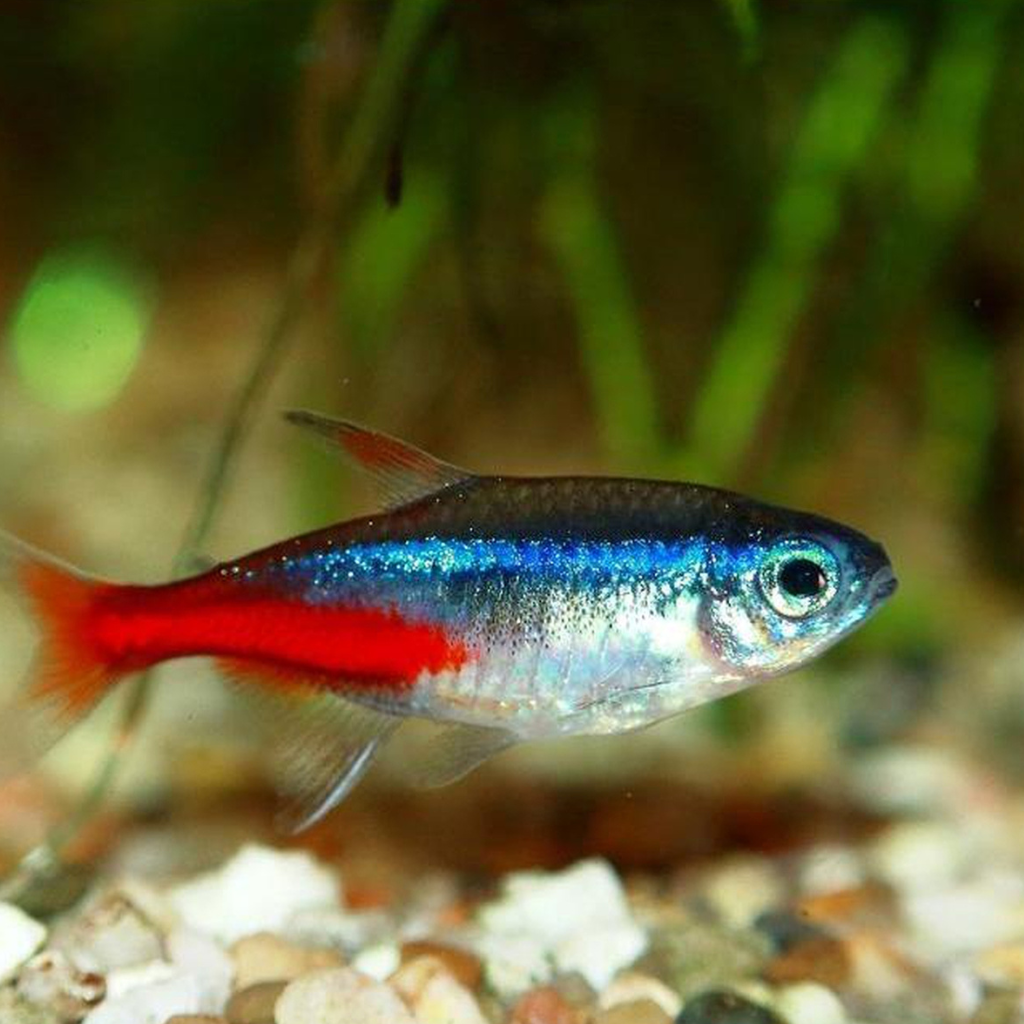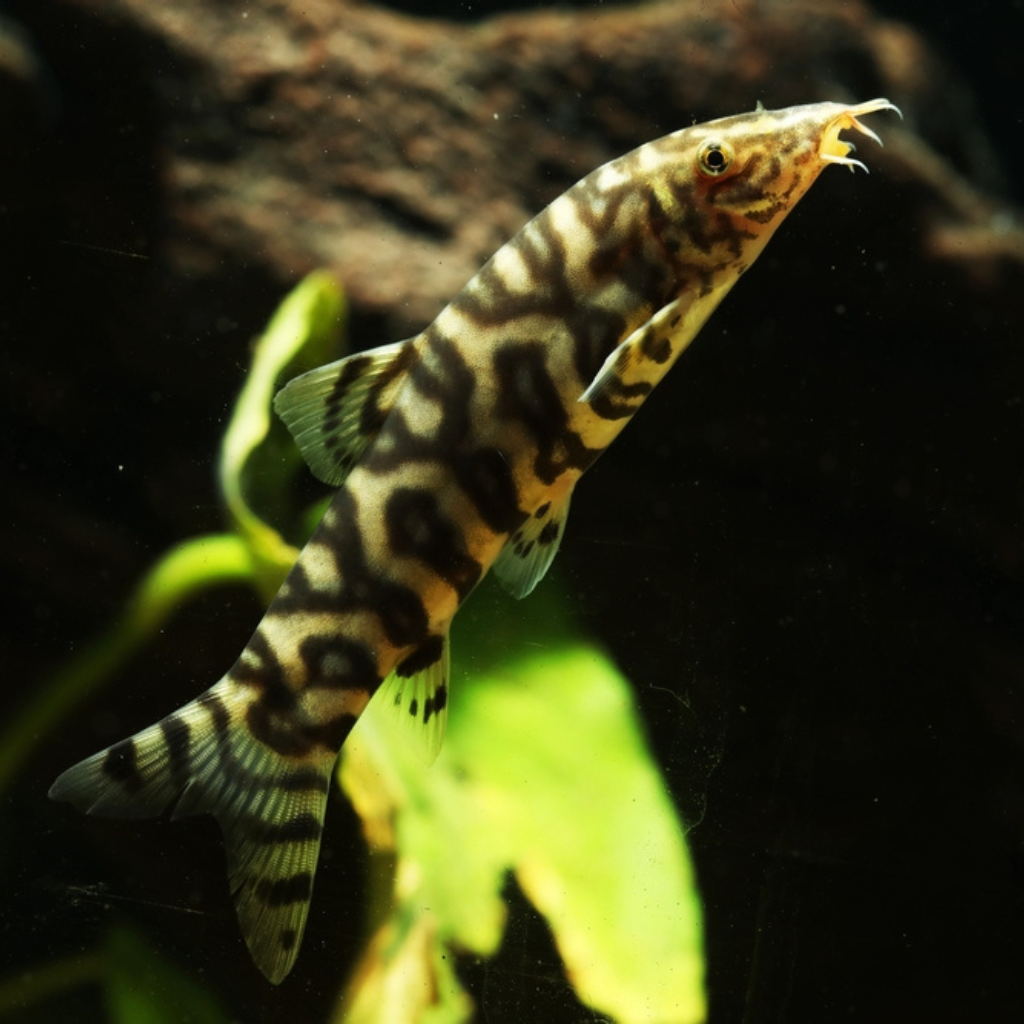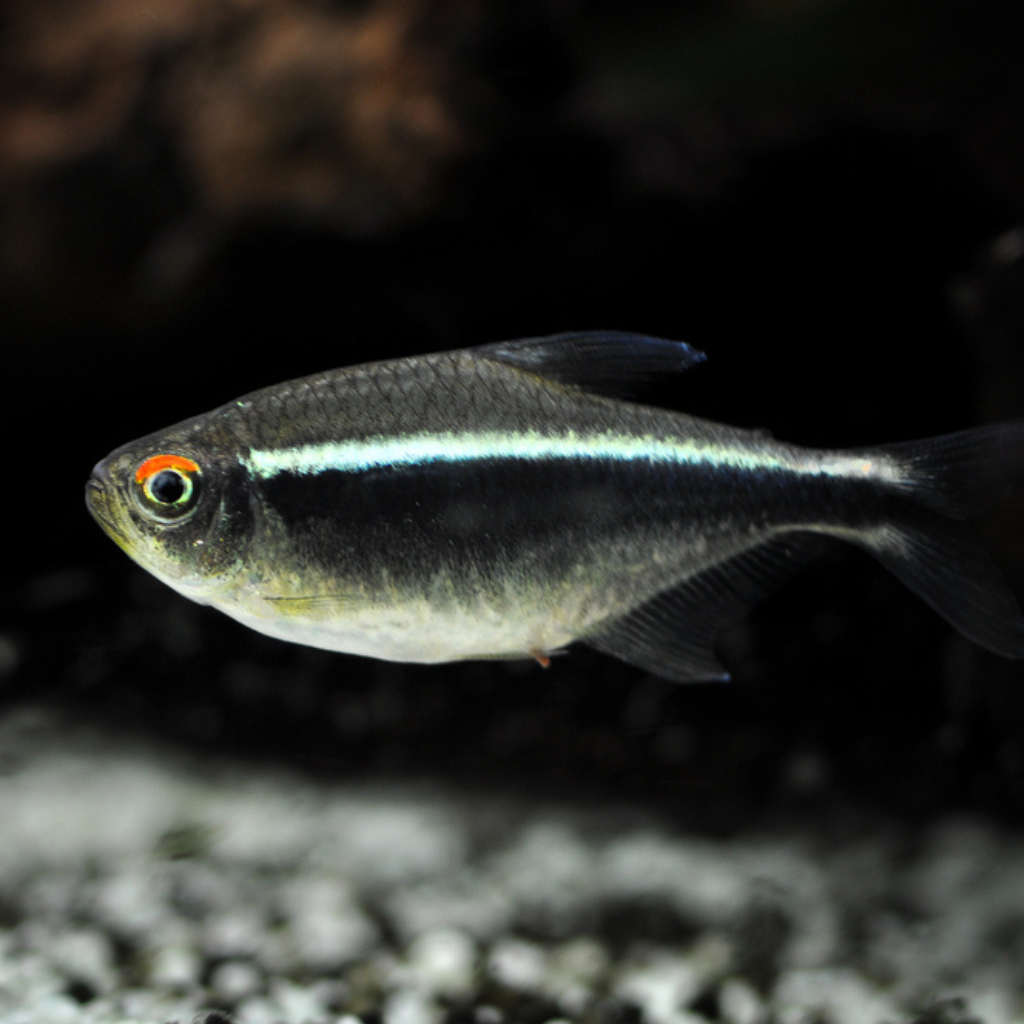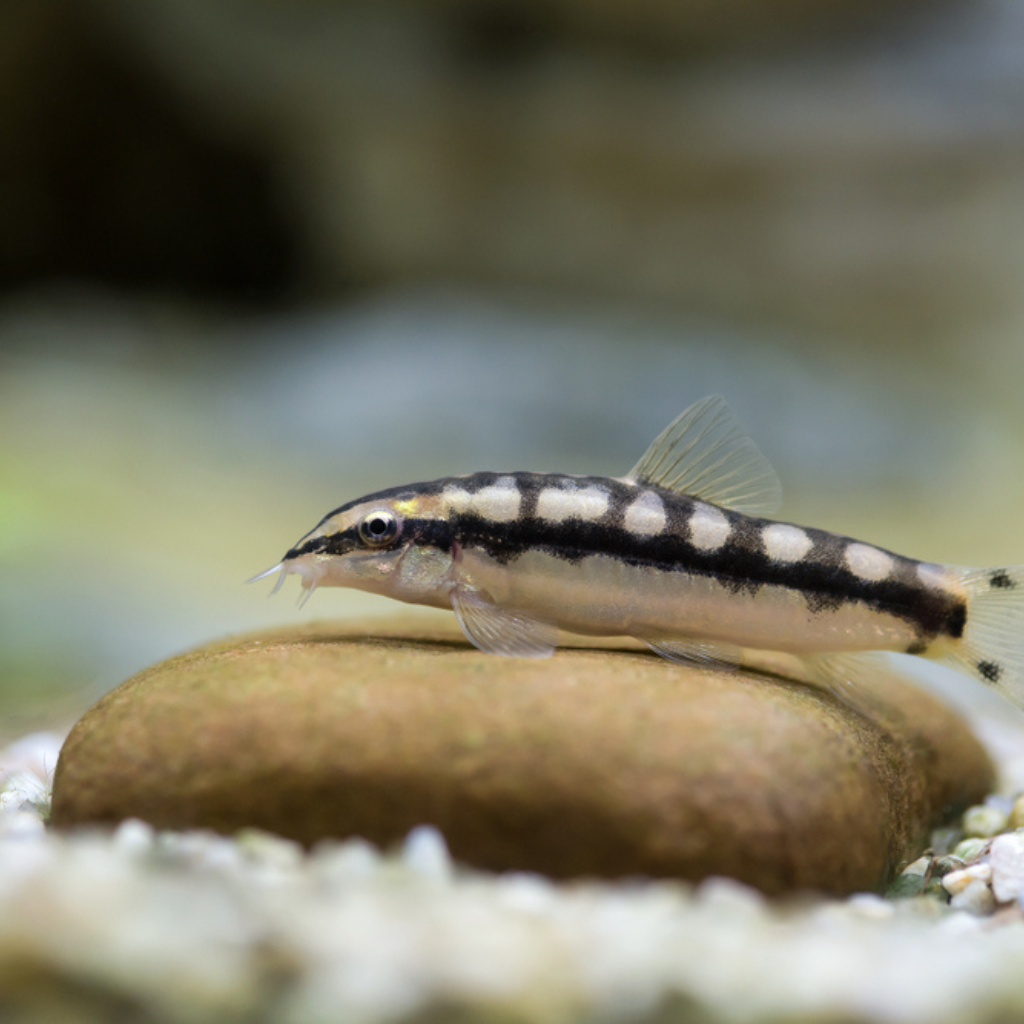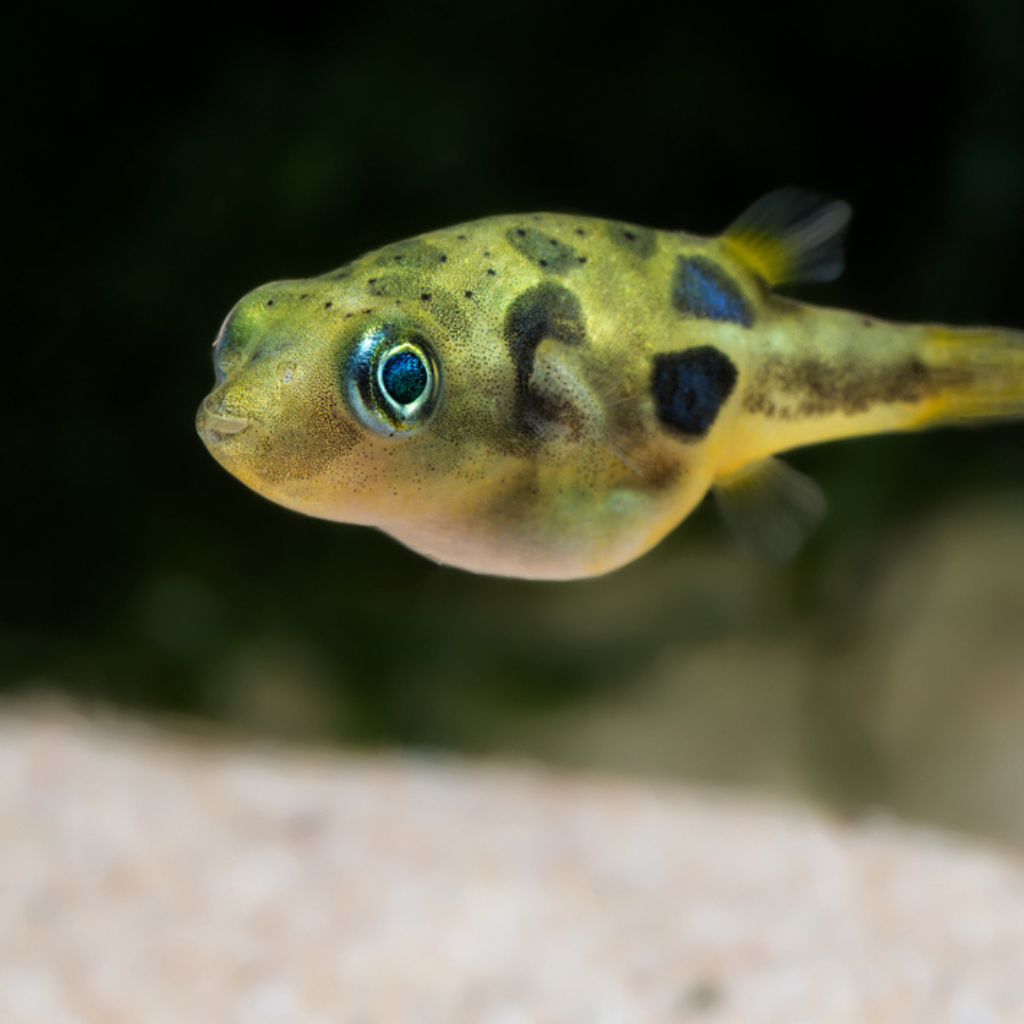A seamless transition from us to you
All fish go through a 2 week multi-step quarantine process
The only store In NZ to offer a 2 week guarantee on shipped fish
We only carry products we trust and use on a daily basis
Sera Insect Nature is the staple food consisting of sustainable insect meal without dyes and preservatives, and contains exclusively animal protein from insect meal. The slowly sinking granules represent the natural diet of most ornamental fish. In their natural habitats they mainly feed on insect larvae and algae. Besides Tenebrio larvae – with their important proteins – wheat germ and further natural and high quality ingredients such as different algae ensure healthy development and lively fish
Sera Insect Nature is the staple food consisting of sustainable insect meal without dyes and preservatives, and contains exclusively animal protein from insect meal. The slowly sinking granules represent the natural diet of most ornamental fish. In their natural habitats they mainly feed on insect larvae and algae. Besides Tenebrio larvae – with their important proteins – wheat germ and further natural and high quality ingredients such as different algae ensure healthy development and lively fish
Awesome service with a good price buy all my fish needs online and here the next day 🤌. The 3 idiots talk fish podcast with cam has helped me though my journey
Thomas W.
Best customer service he seems to know absolutely everything he is always there to help absolutely bloody legend with the hobby
Jack M.
Easily one of the best aquarium stores in the country! Awesome knowledge, stock and banter. my son's favorite place to visit on my day off. Thanks Cam
Eli F.
Buy pretty much all my aquarium foods and additives here. Never had an issue!
Shane W.
Always a positive and pleasant experience
John W.
New Zealand's first aquarium based podcast. We will be bringing you interviews with hobbyists from around the world.
New Zealand's first aquarium based podcast. We will be bringing you interviews with hobbyists from around the world.
A treasure trove of insights and educational articles designed to elevate your aquatic journey.
A treasure trove of insights and educational articles designed to elevate your aquatic journey.
Treating fin rot in tropical fish involves a multifaceted approach focusing on improving water quality, identifying and eliminating the root cause of stress, and administering appropriate treatments.
Over-the-counter or antifungal medications specifically designed for treating fin rot are available. Read and follow the instructions carefully. Treatments like Maracyn (erythromycin) or Furan-2 (nitrofurazone) can be effective against bacterial fin rot, if it is available to you. Methylene Blue can also be an effective treatment available from most LFS and pet shops. Always consult with a vet or an experienced aquarist before medicating fish.
Effective treatment hinges on accurately identifying fin rot early on. Various treatments are available, ranging from over-the-counter remedies to improve water quality and reduce stressors to antibiotics for more severe cases. In addition to treating the affected fish, addressing underlying issues such as water quality, overcrowding, and nutrition can help prevent future outbreaks and ensure a healthy environment for your aquarium inhabitants.
For fish keepers, mastering the essentials of aquarium care is crucial to maintaining a healthy and balanced aquatic environment. After all, happy fish make happy fishkeepers, right? There is a wide range of parameters to monitor. However, the most critical factors to understand are KH (carbonate hardness), GH (general hardness), and PH (potential hydrogen) levels. These parameters play a significant role in the well-being of your aquarium inhabitants and can impact their health and longevity. This article explains aquarium KH, GH, and PH's roles in creating a balanced aquatic environment and practical advice on testing and maintaining these levels for optimal fish health.
